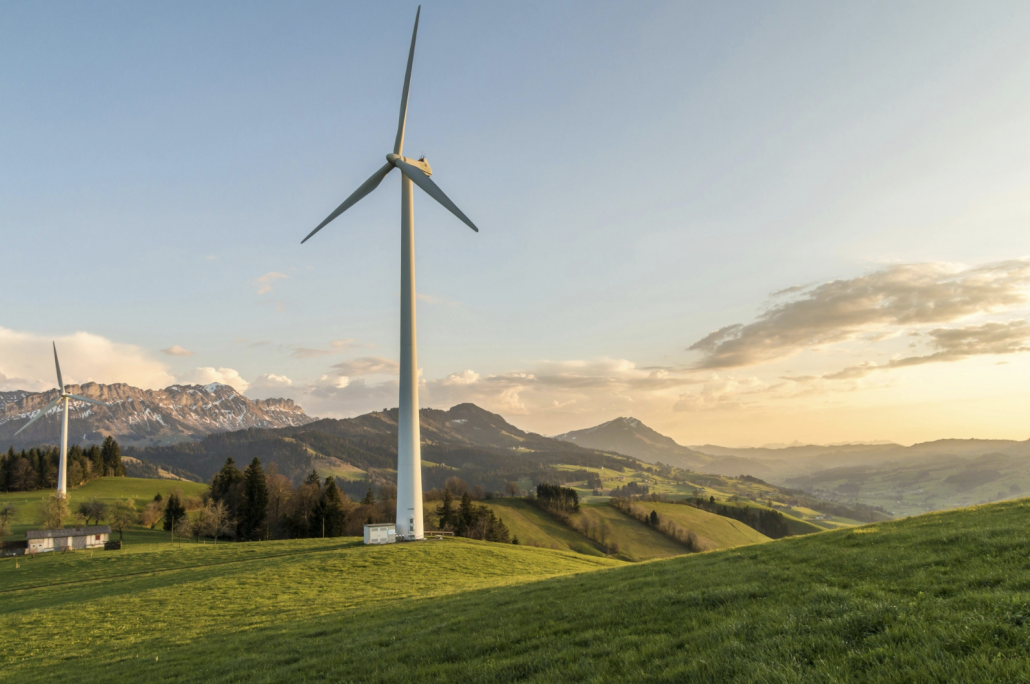What to Consider When Investing Green
The interest in green investing is growing among Danes, who increasingly aim to combine financial goals with sustainable values. But how can personal financial objectives for solid returns align with a green future?
More and more Danes are choosing green investments, where financial returns and sustainability go hand in hand. Green investing involves placing money in projects and companies that focus on environmental and social responsibility. The goal is to generate financial profit while making a positive impact on the planet.
Green Investments in Various Forms
Green investing encompasses a wide range of assets. You can invest in individual stocks of sustainable companies, green bonds, or funds focused on environmental and social sustainability, often referred to as ESG funds (Environmental, Social, and Governance).
But what are the benefits and risks associated with different investment profiles? Green investments are a key driver in combating climate change. By investing green, you support companies that think long-term and act responsibly. This allows you to influence the future and corporate strategies. You can contribute to reducing fossil fuel use and fostering innovation in green technologies.
Do Green Investments Yield Good Returns?
From a financial perspective, green investments can deliver competitive returns. Several studies indicate that sustainable companies often demonstrate stable performance and lower risks because they are prepared for future challenges. This makes them more resilient to economic changes.
What to Consider Before Starting Your Green Investment Journey
Before investing, it’s essential to define your financial goals and risk tolerance. Consider what you aim to achieve: Is it long-term savings, retirement planning, or supporting specific environmental projects?
You also need to determine how much risk you’re willing to take. Like traditional investments, green investments involve a certain level of risk. Diversifying your portfolio is a smart strategy to minimize losses if a single investment doesn’t perform as expected.

Opportunities in Green Investing
Here are some popular ways to invest green:
- Stocks in Sustainable Companies: Many people choose to invest in companies working in renewable energy, sustainable agriculture, or waste management. Companies focusing on innovation and reducing their carbon footprint are particularly attractive. ESG criteria can be a helpful tool for identifying these companies.
- Green Bonds: Green bonds are a popular choice for those who want to support eco-friendly projects like renewable energy or energy-efficient buildings. These bonds are issued by governments, municipalities, and companies looking to raise capital for sustainable initiatives. Green bonds typically offer stable returns but may vary depending on the issuer.
- Green Funds and ETFs: Green mutual funds and ETFs (exchange-traded funds) provide broad exposure to green assets. These funds bundle various stocks and bonds focused on sustainability. The advantage is diversification, which reduces risk. Some funds focus specifically on eco-friendly sectors, while others have a broader ESG focus.
- Real Estate and Infrastructure: Investing in green real estate and infrastructure can support sustainable projects. This includes energy-efficient buildings, solar farms, and wind power projects. Green real estate investments often provide stable income and a high degree of security due to their physical assets.
- Impact Investing: This type of investment goes further by focusing on measurable social and environmental outcomes. Impact investing can include microfinance, community projects, or social enterprises that aim to deliver financial returns alongside positive societal impacts.
Research Your Investments
It’s crucial to investigate the companies and projects you’re considering. Review their financial health and track record. Are they economically stable, and do they have a clear sustainability strategy? ESG reports and environmental certifications can offer insight into whether a company is meeting its environmental commitments.
Balance Your Portfolio
A balanced portfolio that combines green investments with more traditional assets can provide long-term stability. This allows you to enjoy the benefits of green investments while avoiding overexposure to market fluctuations.
Monitor Your Investments
To ensure that your green investments deliver both financial returns and positive environmental impacts, it’s important to monitor them regularly. Assess both the economic performance and the environmental benefits. For example, your investments might contribute to CO₂ reductions or the development of new eco-friendly technologies. These factors can help you evaluate whether your investments are achieving the desired impact.
Conclusion
Green investing allows you to create financial value while making a difference for the environment. By choosing green investments, you can support sustainable development, promote cleaner energy sources, and encourage more responsible business strategies. Start by setting your goals, identifying the right assets, and monitoring your investments. This is the path to a greener and more economically sustainable future.
This text is not a recommendation to buy or sell securities. It is solely for informational purposes and does not constitute investment or other advice. Past performance is not indicative of future results, and the value of financial instruments may increase or decrease. There is a risk of not recovering the invested amount.



